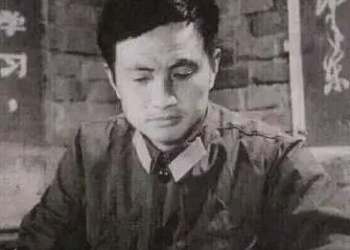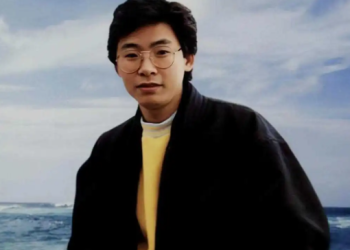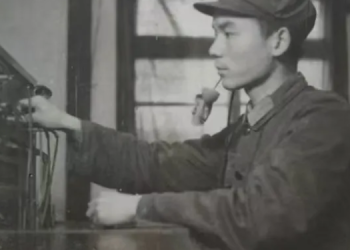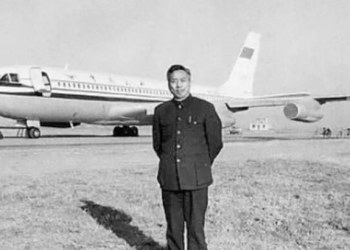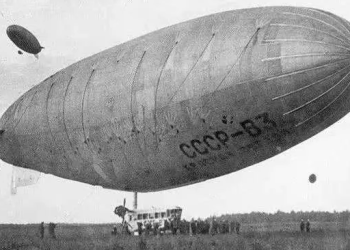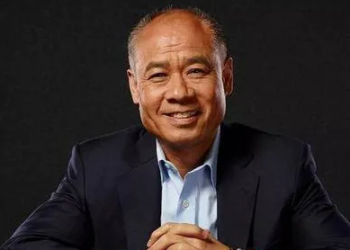They say I am his great-grandson. But I’ve never seen him in the flesh. I’ve only touched him through the scent of old ink in a handwritten letter, through fading black-and-white photographs tucked behind my grandfather’s bookshelf, through the way elders in our village still speak his name—not as a memory, but as a moral compass.
Tan Kah Kee, to the world, was a philanthropist, an entrepreneur, a visionary overseas Chinese. To me, growing up in a small house in Jimei, he was something more elusive: a legend that once breathed the same air I did, a figure who left Fujian but somehow never truly left us.
He was born in 1874, when the tides of poverty and ambition were already reshaping the coasts of southern China. His father, like many others, left for Southeast Asia to escape famine and start anew. The land he went to was called Nanyang—the Southern Ocean. It sounded mythical to us, but to our ancestors, it meant rubber plantations, tin mines, sweat-drenched toil, and the impossible hope of prosperity.
When Tan Kah Kee followed his father to Singapore at the age of sixteen, he did not arrive with power or wealth. He arrived with fire in his chest. He built a business empire from the docks—trading rice, rubber, canned goods. He expanded rapidly, and by the early 20th century, he was one of the most respected and wealthy overseas Chinese in British Malaya. But riches alone did not earn him reverence. What made his name unforgettable was what he did with that wealth.
He gave it back.
Not just to his family, or to his city, but to all Chinese people in diaspora. He built schools—not one, not two, but dozens. He founded The Chinese High School in Singapore and Xiamen University in Fujian, the first overseas Chinese-funded university in modern China. My grandfather used to say that when he visited the campus, he could feel Tan Kah Kee’s spirit in the limestone. “He didn’t build schools to get his name on plaques,” he told me. “He built them because he believed that without education, the Chinese would forever bow their heads.”
And it wasn’t just bricks and classrooms. Tan Kah Kee was a lifeline during war. When Japan invaded China, he organized the China Relief Fund, rallying overseas Chinese to send money, medicine, and hope. My great-grandfather would say: “He didn’t just raise money. He raised courage.” During the 1930s, he turned his businesses into engines of resistance. Even when Japanese agents tried to bribe or threaten him, he never wavered.
But loyalty is a complicated thing. After the war, he was invited back to China, hailed as a hero. He returned with pride and hope, only to find himself disillusioned by the corruption of the Nationalist government. So he did the unthinkable: he threw his support behind the Communists—long before it was safe to do so. He never returned to Singapore again. The British colonial authorities viewed him as a political threat. He lived the rest of his life in Beijing, far from the schools he built, from the sea that carried his ancestors, from the students who still whispered his name across generations.
He died in 1961. My grandfather cried that day. He said, “Singapore may have lost a citizen, but China regained a son.”
I never met Tan Kah Kee, but I carry his story like a secret inheritance. I have walked the halls of Xiamen University. I have stood before the statue in Jimei and watched students offer flowers in silence. And every time I return to Singapore, and pass by the school gates bearing his name, I feel like the sea between us disappears.
He was a migrant who never stopped thinking of home. A patriot who rebuilt his nation from outside its borders. A man who taught us that migration is not abandonment—it is extension. That exile can become the beginning of a new root.
When I write this, I think of all the young people who now leave China, or Vietnam, or Myanmar, and scatter across the globe. I want to tell them this: your path may lead you away, but you can still live in a way that gives back. Like Tan Kah Kee. Like my ancestor. Like the son who never left.

